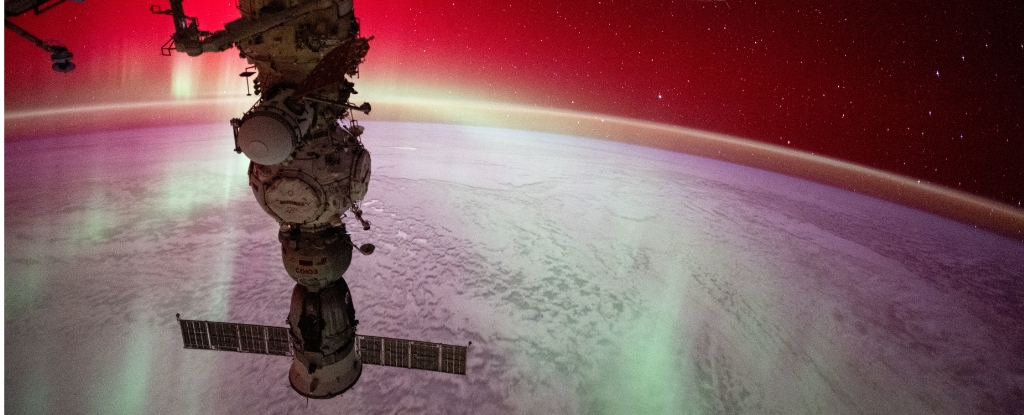Ancient Maya communities came together during solstices using astronomical monuments called “E-Groups” that were oriented to sunrise and sunset positions on solstice days. This helped coordinate agriculture and marked passages of time.

However, by the 7th century CE, Maya cities like Copan were larger with different farming practices and E-Groups had lost their celestial orientation function. King K’ahk’ Uti’ Witz’ K’awiil sought to revive their importance.

He built a new series of sunrise/sunset marker monuments (stelae) in Copan and its valley that coordinated solar sightings across the region, counting down to a significant 20-year calendar event he planned to celebrate.

On this occasion, he cemented an alliance with another city, Quirigua, “dancing” there to commemorate the astronomical event and solidify regional political power, bringing communities together through shared ritual calendar practices like earlier Maya did using E-Groups.

Source: theconversation









